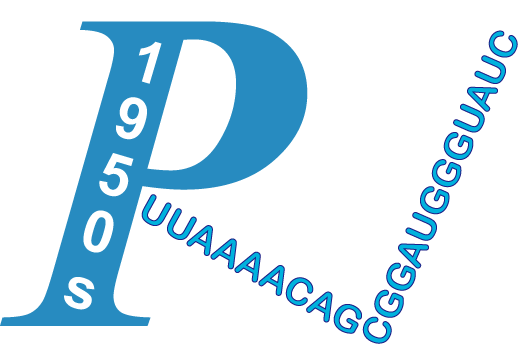| Title | TELOMERE LENGTH, TELOMERASE ACTIVITY, HEART RATE VARIABILITY, OR OXIDATIVE STRESS: WHICH ONE IS MOST ASSOCIATED WITH THE ATHEROTHROMBOTIC STROKE IN THE ELDERLY? | ||
| Author | Cherska, M; Krasnienkov, D; Tronko, N; Kondratiuk, V; Guryanov, V; Kukharskyy, V | ||
| Journal | Georgian Med News | Publication Year/Month | 2020-Mar |
| PMID | 32383700 | PMCID | -N/A- |
| Affiliation + expend | 1.1The State Institution "V.P. Komisarenko Institute of Endocrinology and Metabolism of the National Academy of Medical Sciences of Ukraine", Kyiv, Ukraine. | ||
The objective of this study - to evaluate the impact of the markers of oxidative stress and HRV to stroke. The comprehensive clinical and instrumental study involved 84 patients with the diagnosis "Cerebral Atherosclerosis" (CA). Study design: simple, prospective, non-randomized, with sequential inclusion of patients. All patients underwent generally accepted clinical, laboratory and instrumental examination. All patients received antihypertensive drugs and metformin if they had DM and didn\'t receive any statins. Patients were divided into the 2 groups: I - those who underwent ischemic stroke (IS), II - with CA of 1-2 degrees. Mean age was 65.5+/-10.2 and 66.0+/-9.3 years, respectively. The number of patients with type 2 diabetes and the average fasting glucose was comparable in both groups. The LF/HF indicator reflects the state of the sympatho-parasympathetic balance of the ANS. Large values of this indicator indicate the predominance of the tone of the sympathetic ANS, which was observed (p <0.05) in patients of the 2nd group, while HF, LF and VLF were also higher (p>0.05) in the group of patients with cerebral atherosclerosis of 1-2 stages and above normal international values. Both groups were comparable in terms of telomere length and telomerase activity, as well as markers of oxidative stress, with the exception of GSH, which was higher in post-stroke patients (p>0.05). Our findings show that markers of oxidative stress together with HRV indices are useful for the atherothrombotic stroke risk assessment in the elderly. Future longitudinal study with bigger sample size and, probably wide panel of markers required for clarifying links between oxidative stress, HRV and stroke.
